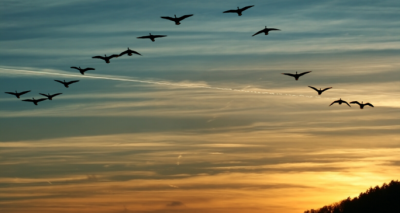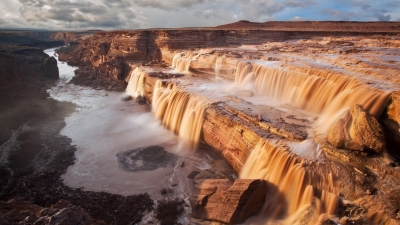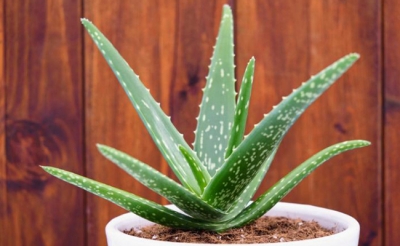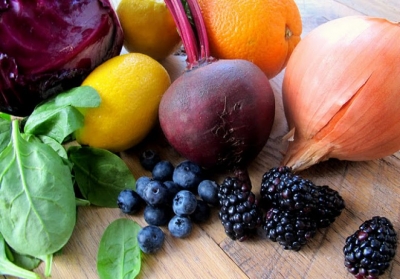How do migratory birds find direction?

Humans became aware of bird migration - the journey of birds between their breeding and wintering grounds - long ago. However, there's still so much we do not know about this riveting phenomenon. But thanks to science, technology, and research, we also constantly gain newer insights. Here's a look at a recent discovery.
Just like us humans who have an internal system that guides our body on when to sleep, wake up. etc., birds too have a system in place that lets them know when it is time to migrate. Apparently, they also "inherit' from their parents the direction in which they must fly to reach their destination. Apart from this, they have "at least three different compasses at their disposal: one allows them to extract information from the position of the sun in the sky, another uses the patterns of the stars at night, and the third is based on Earth's ever present magnetic field". And it is this last aspect that the recent discovery throws fresh light on.
While research revealed decades ago that birds possessed magnetoreception - the ability to detect the Earth's magnetic field - it was not clear so far how exactly it worked. This mystery was solved when scientists recently discovered that the levels of a certain protein - named Cry4 - present in the eyes of migratory birds spike up suddenly during the migratory season. When this protein comes in contact with blue light (which is scattered in Earth's atmosphere), it leads to a chemical reaction that helps the birds sense the Earth's magnetic field.
Did you know?
During the first migration, the route gets registered in the birds' brain - apparently, this helps them navigate their subsequent journeys "with an ultimate precision of centimeters over thousands of kilometers". It means they gain an additional resource they can dip into - a mental map, as it were. But, since this absent during the first trip, even a small mistake such as veering off course could be fatal for the young birds.
The levels of a certain protein- named Cry4-present in the eyes of birds spike up suddenly during the migratory season. When this protein comes in contact with blue light (which is scattered in Earth's atmosphere), it leads to a chemical reaction that helps the birds sense the Earth's magnetic field.
Picture Credit : Google


